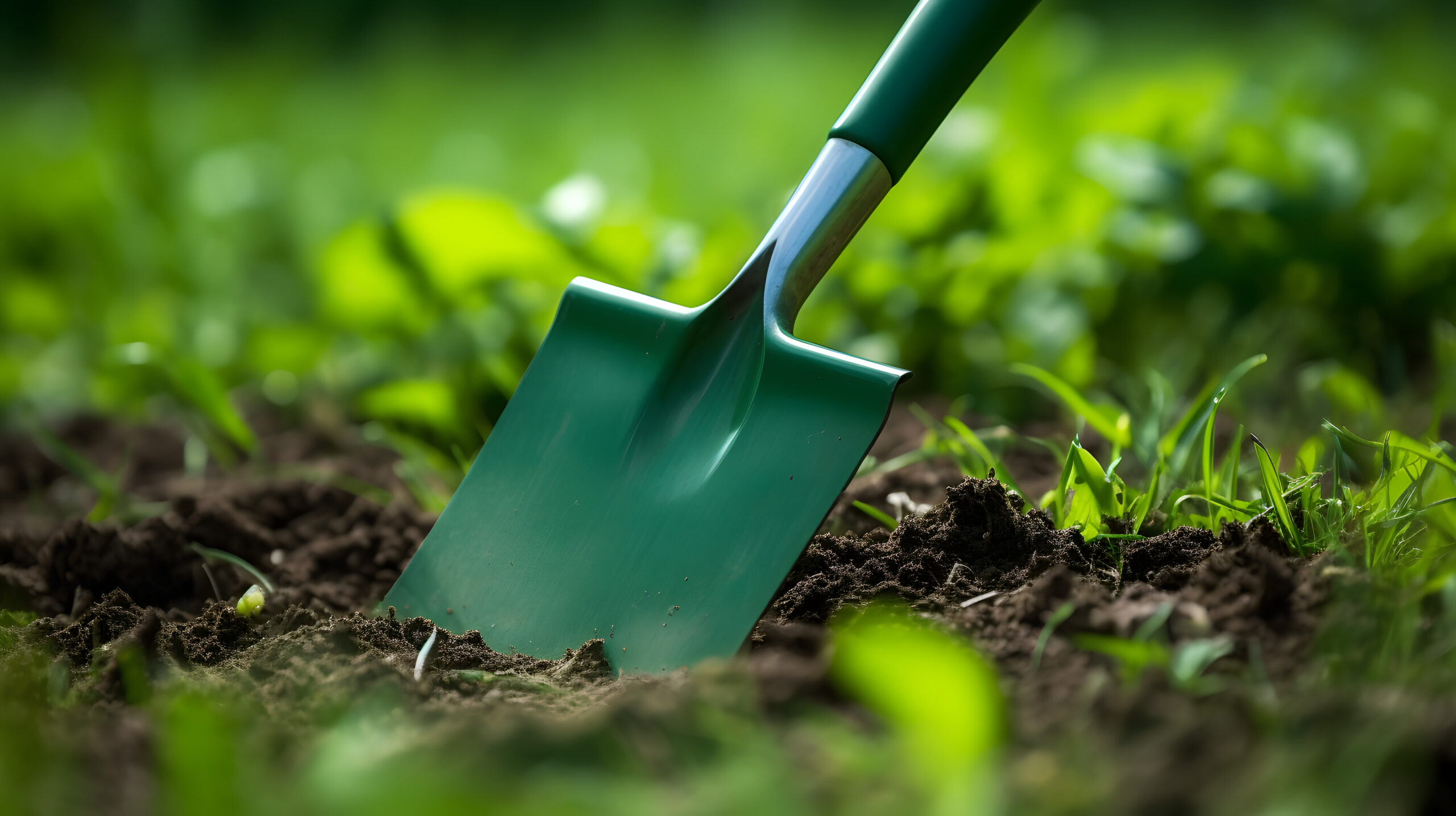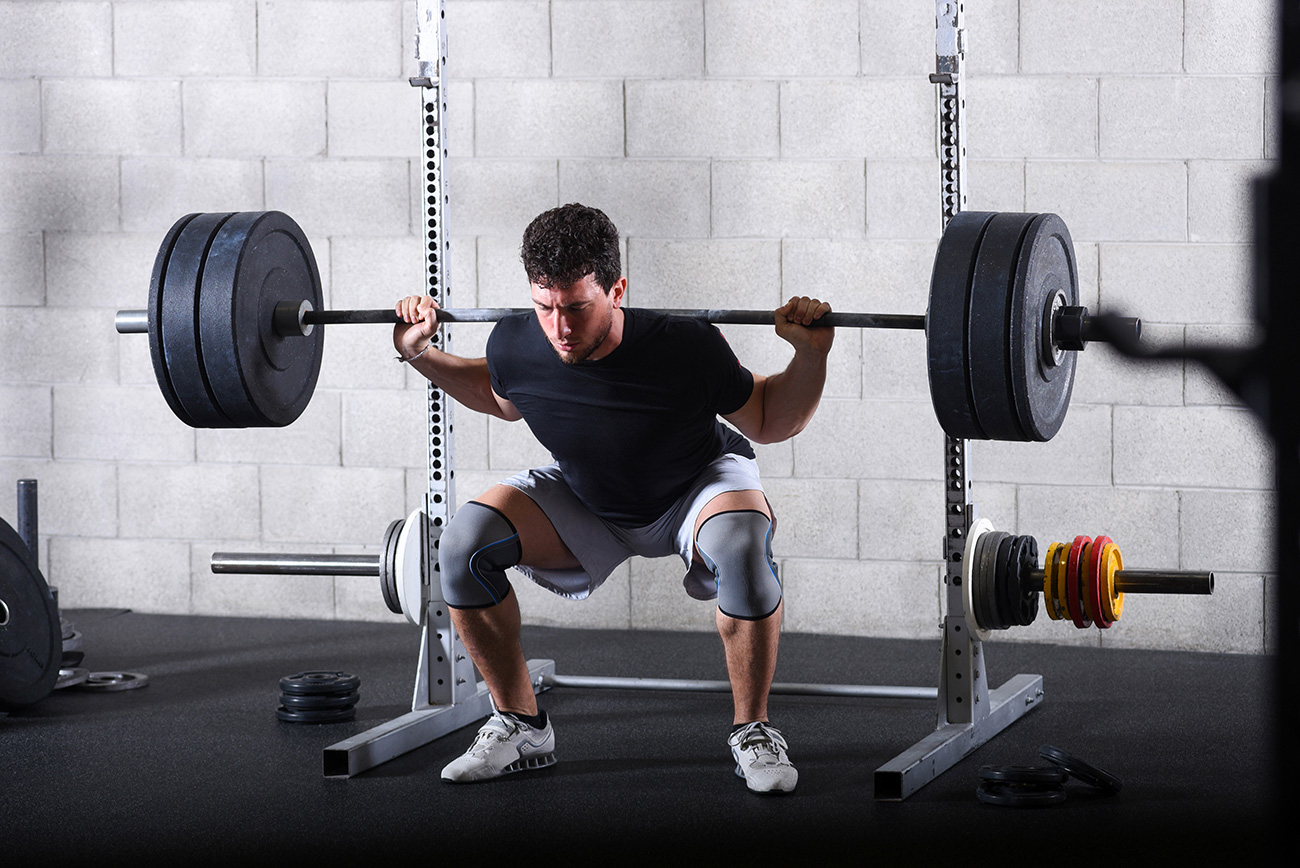
Gardening and Chiropractic Treatment
Chiropractic; If you get back pain from gardening, it is likely that you already have an underlying problem that needs attention.
Squatting is a fundamental movement pattern that everyone should be able to perform to avoid back pain and other injuries.
The squat is also one of the three disciplines in Powerlifting, making it a crucial skill for athletes in this sport. However, many people struggle with performing the movement efficiently and safely, leading to injuries and poorly executed squats. This guide includes tips on how to perform a correct squat, common mistakes to avoid, and the benefits of incorporating squats into your fitness routine.

Want to know more? Request a Callback
Or give us a call, to find out how we can help you with Squatting Injuries and Powerlifting: A Guide to Proper Technique and Injury Prevention.
Book an Appointment
Schedule an appointment for Squatting Injuries and Powerlifting: A Guide to Proper Technique and Injury Prevention tailored to your needs.
As part of the chiropractic assessment we check our patients ability to squat, getting up and down from sitting. It is essential to be able to squat correctly to avoid getting back pain and other injuries.
The squat is also one of the three disciplines in Powerlifting. This article will explain some fundamental and important aspects of the squat which is relevant to everybody, but especially powerlifters. The squat is considered a ‘fundamental movement pattern’ this means that it is something that everybody is expected to be able to perform in order to be able to cope with the physical demands of everyday life, not just powerlifters. As we develop as children we first learn to roll over, sit up, to crawl, to squat and to walk. These are all expected developmental milestones which relate to the maturation of the nervous system.
Our squat as a child is usually near perfect, the joints are controlled and the mobility is sufficient to sustain the movement, however as we age we pick up bad habits – sitting at a desk for 8 hours a day shortens our hip flexors, watching television stagnates our diaphragm and poorly structured gym routines focused on resistance machines all lead to a gradual degradation of these fundamental patterns and ultimately – injuries. Not just injuries in the gym but also injuries in daily life.
So when attempting to squat, many of us are often limited from performing the movement efficiently and safely, leading to injuries, and at best a poorly performed squat. This can lead to people avoiding compound movement exercise which has tremendous all round health benefits, which we will explain later.
We will describe the ‘low bar squat’ in relation to powerlifting, low bar is the position the bar falls on the back.
To begin with, just use your body weight and perform it with perfect technique! A bodyweight squat should be established first!
How to do a correct squat:
If you struggle to attain reasonable depth, start from the bottom up. Begin kneeling, assume the bottom position of the squat and sit for a while until you feel comfortable, now rise as before.
Now to add weight, make sure your bodyweight squat technique is perfect before adding weight. If you rush to add weight on bad technique you will undoubtedly injure yourself quickly.
It will take a couple of weeks of diligent practice for your nervous system to integrate the new movement pattern. To begin with you will have to think a lot about what you’re doing. The more you practise the less you will have to think and the more natural the movement will become, it is then that you can start to add weights.
The most common mistake and the most relevant to chiropractic is the ‘butt wink’ or posterior pelvic rotation to give it a proper name.
We will cover this further in the future, as the topic deserves an article all to itself, but for now I will describe what it is, and how to stop doing it.
When calling part of a technique a mistake we fall vulnerable to the argument of many who produce very strong squats which are technically imperfect, we are not discussing how strong a squat can be, but instead what biomechanical alterations we can spot that contribute to dysfunction and injury.
Under extreme load the spine wants to stay as rigid or stable as possible (like a broomstick) although in daily life dynamic stability is necessary. Under 200kg of load, the wrong type of movement could be disastrous!
So if we load the spine, then allow the pelvis to ‘tuck’ we produce a squeezing of the lower lumbar discs, putting massive pressure on the most vulnerable part of the disc. If this is repeated numerous times every week, you are drastically increasing your chance of a disc injury. The main reason that causes disc herniations is repetitive bending!
To prevent disc injuries when squatting you should do the following:
So why learn a difficult movement, which has the potential to harm you if done incorrectly? Simply put, the rewards outweigh the risks!
A correctly performed squat train’s more than just muscular strength. The weight has to be stabilised and coordinated at all times, as you move with the weight on your back your nervous system is making tiny adjustments at speeds faster than you can think in order to keep you balanced.
The small muscles that are used to stabilise joints are just as important, if not more important, than the large muscles that move the joint. Training on resistance machines may well be safe in the short term (good for gym health and safety) but as our patients know, these machines only train the large muscles that move joints, not the smaller stabilisers which are left to shrink and weaken predisposing you to injuries.
In the long term, this can lead to shoulder problems (rotator cuff tendonitis), joint sprains, muscular imbalances and a predisposition to lower back problems.
The squat incorporates the ankle, the knee, the hip, the spine, the shoulders and the neck every single one of these joints needs to be stabilised to produce the movement. This is why we call the squat a compound movement just like the deadlift, clean, kettlebells and using free weights and this is why these compound movements are superior to unidirectional resistance machines.
Chiropractic treatment is ideal if you suffer from powerlifting and weight training related injuries.
The reason being that we understand and specialise in biomechanics of the whole body, not just the pelvis, back and neck. We also specialise in ligament, tendon and muscle injuries which means that we are ideally placed to help you with your problems and also help you prevent injuries and help you reach your potential.
If you need any information urgently, please contact the Isis Chiropractic Centres here. We look forward to hearing from you.